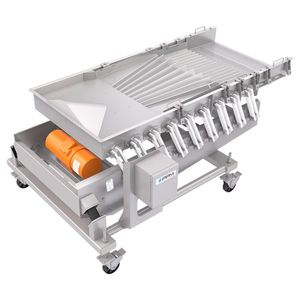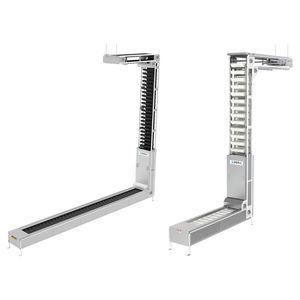
- Building - Construction
- Industrial Building Equipment
- Air cooler
- PPM Technologies, LLC

- Products
- Catalogs
- News & Trends
- Exhibitions
Air cooling system Polar Blastfor the food industry
Add to favorites
Compare this product
Characteristics
- Material
- air
- Applications
- for the food industry
Description
The PPM Technologies Polar Blast cooling system is designed to reduce the temperature of your product prior to freezing, packaging or general handling. By using the Polar Blast to remove the product’s sensible heat, you achieve more efficient rapid cooling, without affecting the product. This innovative system decreases cooling time by up to 50% (depending on the product), by directing multiple high-velocity jets of air onto the product, disrupting the escaping heat layer surrounding it. The Polar Blast can reduce the product temperature down to 20 degrees above the ambient temperature.
A More Cost-Effective Approach
It’s common to use multiple Polar Blast systems to achieve the required product temperature, and even with several units this method is more cost-effective than installing a cooling tunnel or spiral cooler. A single Polar Blast system can replace up to 20 feet of a traditional cooling conveyor.
Efficient Solutions for Your Food-Handling Needs
PPM combines innovative technology with years of experience and expertise, providing customers simple, reliable solutions to a full spectrum of food handling challenges. Our diverse line of industry-leading equipment lets you safely move, store and process product, with minimal operator involvement and simple operation requirements. Each machine is engineered to be durable and long-lasting with sanitary, low-maintenance designs. PPM’s range of material handling equipment includes bucket elevators, belt conveyors, tote dumpers, spiral down chutes, chip sizers, disc graders, cluster busters and many more.
Related Searches
*Prices are pre-tax. They exclude delivery charges and customs duties and do not include additional charges for installation or activation options. Prices are indicative only and may vary by country, with changes to the cost of raw materials and exchange rates.




